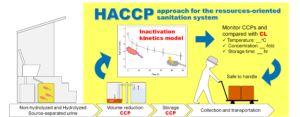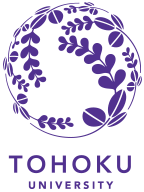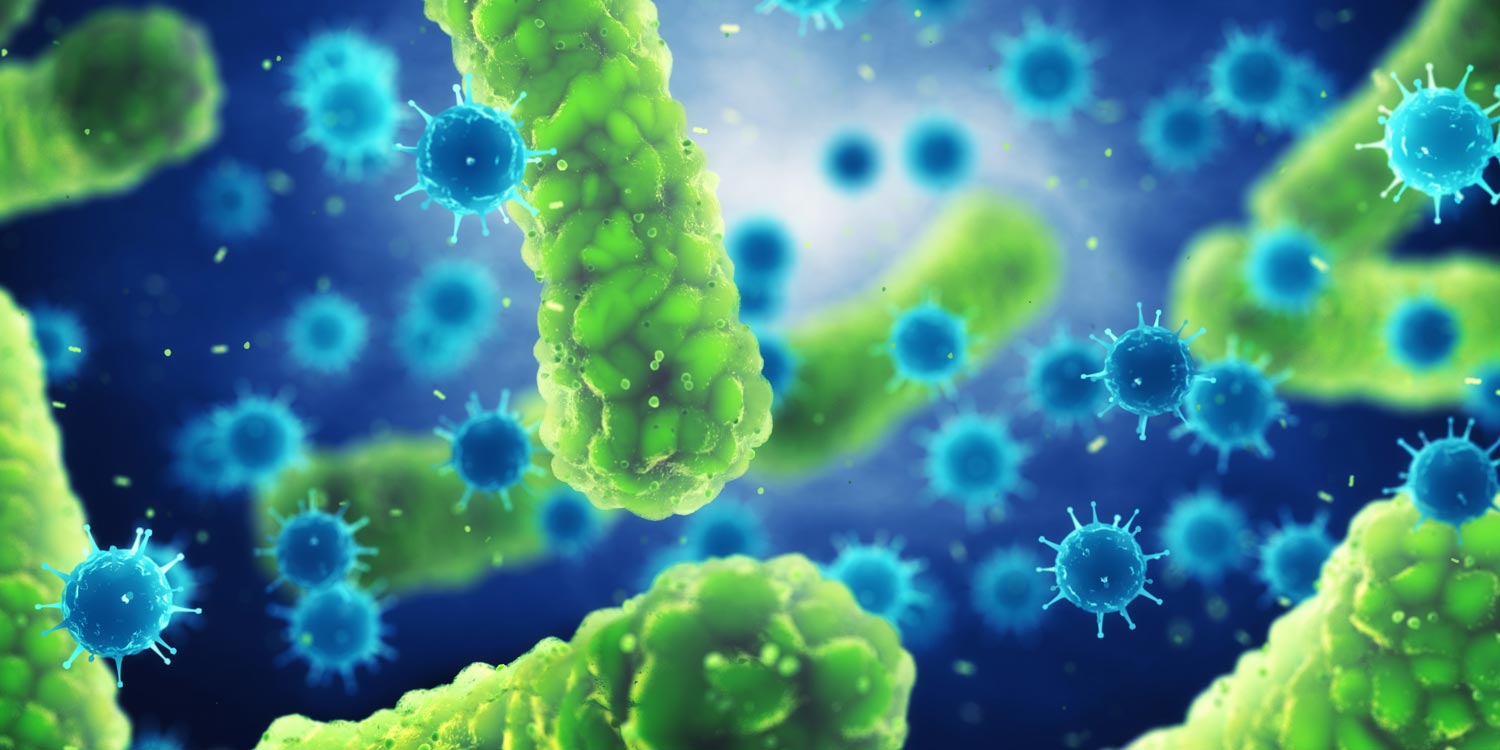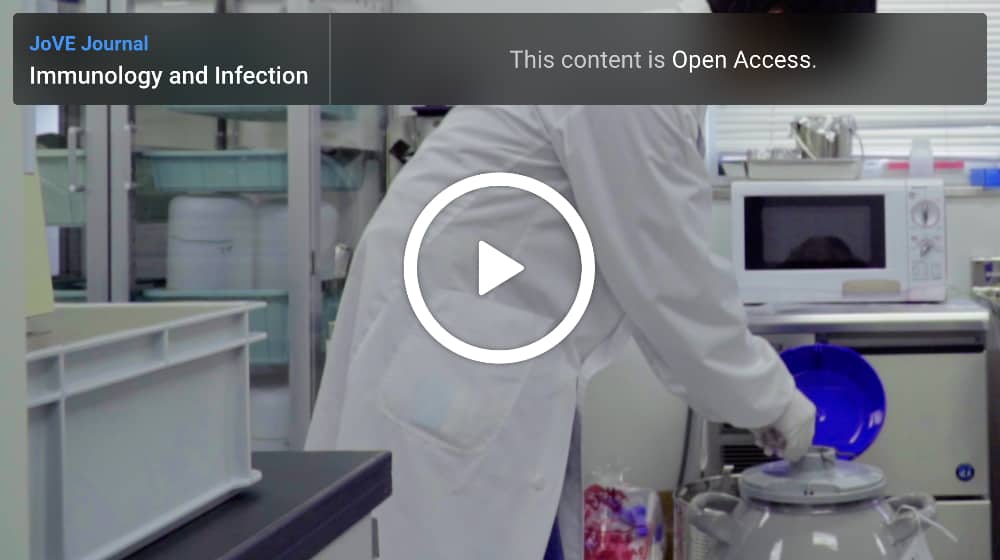New article of Wakana Oishi (PhD student) has been published in JEMA.
Inactivation kinetics modeling of Escherichia coli in concentrated urine for implementing predictive environmental microbiology in sanitation safety planning
Wakana Oishi, Ikuo Kato, Nowaki Hijikata, Ken Ushijima, Ryusei Ito, Naoyuki Funamizu, Osamu Nishimura, Daisuke Sano
Journal of Environmental Management, August 2020, 268, 110672.
ABSTRACT
Urine concentration (condensation) leads to the inactivation of pathogens in urine owing to a hyperosmotic environment. This study proposed an inactivation kinetic model of Escherichia coli (E. coli), a surrogate of human bacterial pathogens, in concentrated synthetic urine. The model parameters were obtained under an assumption that the inactivation rate of E. coli followed a binomial distribution, which made it possible to accurately simulate the time-course decay of E. coli in synthetic urine. The inactivation rate constant values obtained in concentrated urine samples, ammonium buffer solutions and carbonate buffer solutions indicated that the osmotic pressure was a relatively predominant cause for the inactivation of E. coli. The appropriate storage time was estimated using the approach of quantitative microbial risk assessment, which indicated that the 5-fold concentrated urine could be safely collected after 1-day storage when urea was hydrolyzed, whereas 91-hour storage was required for non-concentrated urine. The occupational risk was not negligible even with 6-month storage at 20oC when urea was not hydrolyzed, which suggested that the urine storage styles should be clarified more minutely.
IMPORTANCE
In spite of the increasing interests in a sustainable society, the intensive use and resource recovery from human urine have been restricted the long-time storage recommended by the current guideline. This study suggested that disinfection was completed by urine concentration for lowering the transportation cost, without additional chemical/physical treatments. This study highlights the importance of “predictive environmental microbiology,” which deals with inactivation kinetic models of microorganisms under varied environmental conditions to fully implement the hazard analysis and critical control point (HACCP) approach for the safe use of human excreta in agriculture.



